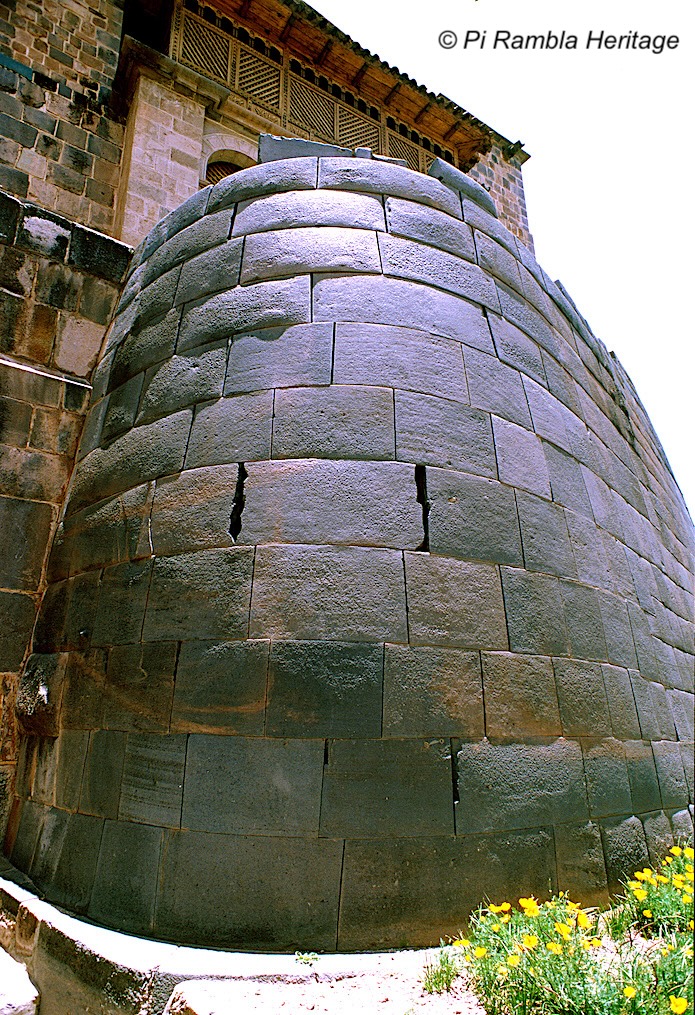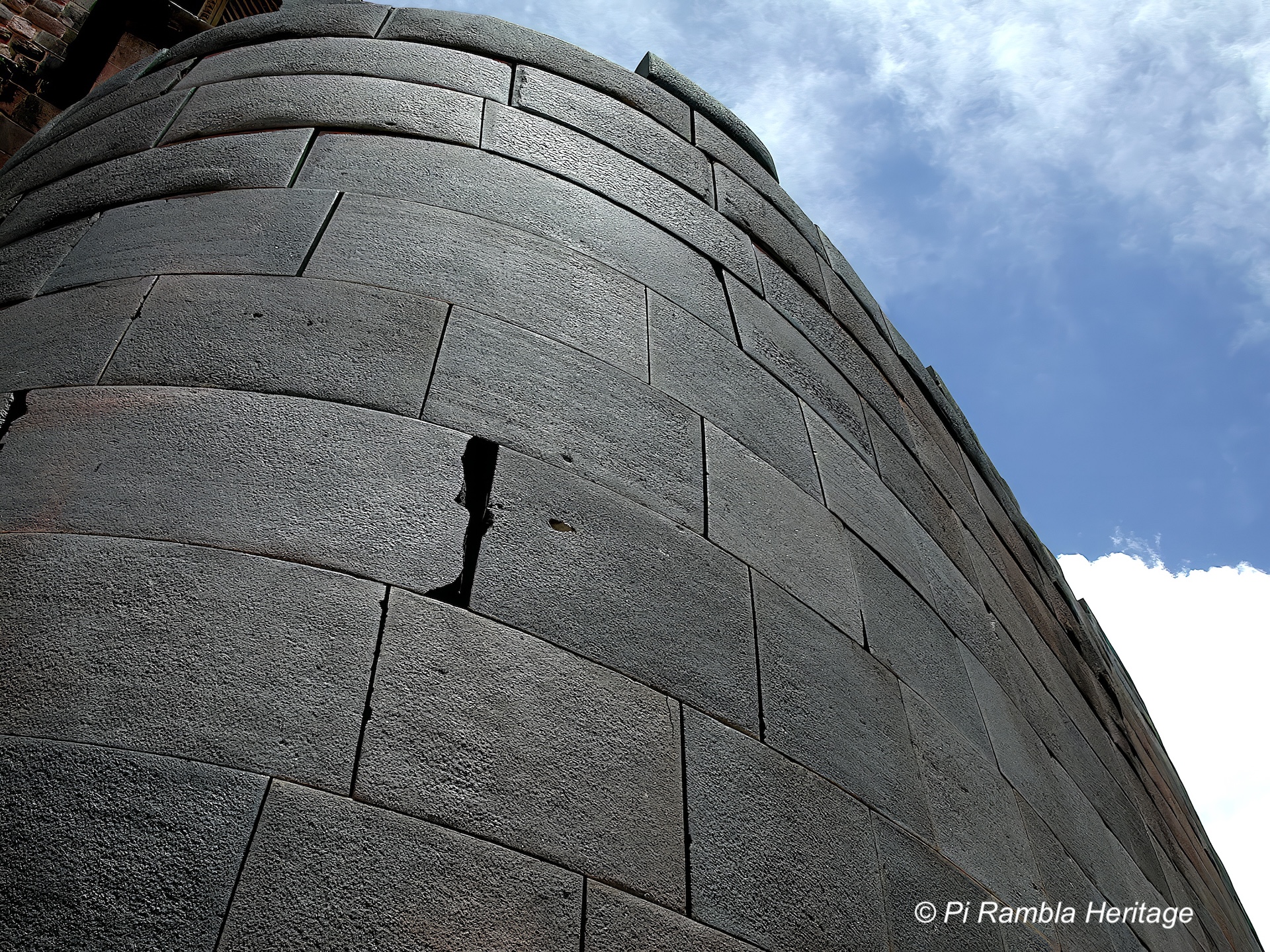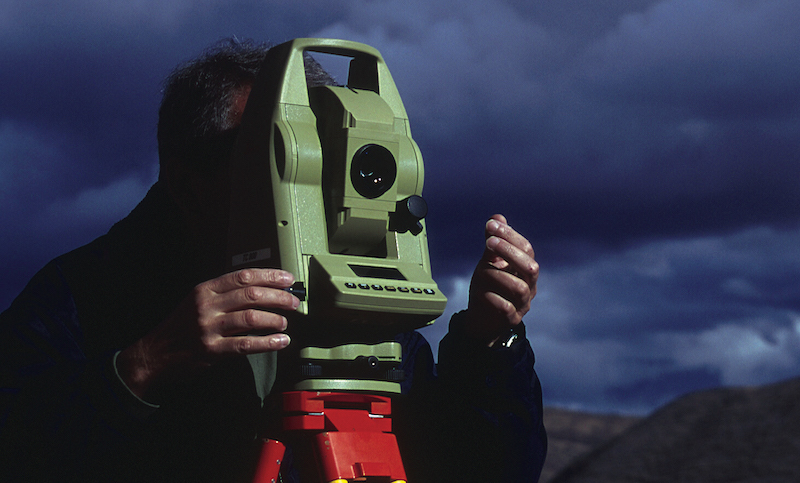We conducted archaeoastronomy studies at the Solar Drum of the Koricancha to verify the research of Rolf Müller, a professor of astronomy at the University of Potsdam, as detailed in his work Der Himmel über den Menschen der Steinzeit (1970). Müller, applying the techniques used by Lockyer in Egypt, calculated that if the archaeological remains were aligned with an inclination of 24º due to the obliquity of the ecliptic (nutation), this would indicate that the construction dated back at least 4,000 years. From his measurements at the Temple of the Sun of the Incas (Koricancha), he suggested that the temple was constructed in such a way that the Sun’s rays would shine directly into the sancta sanctorum (solar drum) at dawn on the day of the winter solstice (December 21). He concluded that the perfectly aligned stones of the Solar Drum were oriented for the era between 4000 and 2000 BCE and were as ancient as the polygonal megalithic constructions of the same period - Sonne, Mond und Sterne über dem Reich der Inka (1972). In terms of orthodox history, this assertion constitutes a heresy of daring proportions. Nonetheless, many of us, like Müller, are convinced that some parts of these sites are thousands of years older than the dates proposed by orthodox historians and archaeologists. Experts from various disciplines who have studied Saqsaywaman, Koricancha, and Machu Picchu currently disagree with the accepted antiquity of these monuments. More studies and new data are required to resolve these doubts. We believe that in the near future, thanks to the application of new disciplines such as modern archaeoastronomy, combined with the latest anthropological and archaeological research, many existing ideas regarding the antiquity of civilization in the Americas will be overturned. Once again, the controversial writings of Fernando Montesinos and his chronology will be validated. Montesinos tells us that the 40th monarch of the Ancient Empire founded an academy for the study of astronomy and astrology and determined the equinoxes. The fact that this monarch was given the title of Pachacutec indicates that the calendar of that time was poorly synchronized with celestial phenomena, necessitating its reform. This is an exceptionally intriguing piece of information that has been largely disregarded. According to Montesinos, in the fifth year of this monarch's reign, 2,500 years had passed since the Zero Point, and 2,000 years since the beginning of the Ancient Empire.

TAMBOR SOLAR - KORICANCHA

